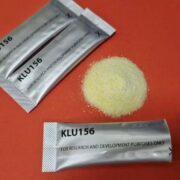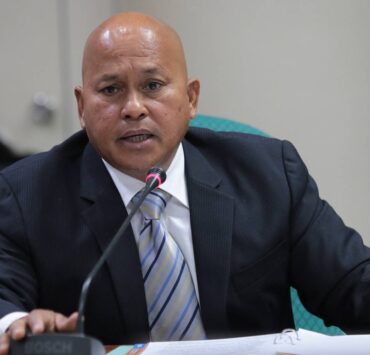WHO: 33 percent of Pinoy adults have high blood pressure

A new report by the World Health Organization (WHO) warned of the high prevalence of hypertension in the Philippines in 2024, with 33 percent of adults aged 30 to 79 years old having high blood pressure.
Of that number, only 19 percent have their condition under control.
“Hypertension, often called the ‘silent killer,’ is a major global public health threat,” the WHO said in its second Global hypertension report released on Tuesday. “Most individuals with elevated blood pressure have no symptoms and are unaware of their condition until serious health issues arise.”
According to the intergovernmental agency, hypertension is the “sustained elevation of blood pressure in the arteries” which can lead to “heart attacks, heart failure, strokes, chronic kidney disease, dementia, and other serious complications.”
In 2024, the WHO noted that 16.8 million Filipino adults aged 30 to 79 have hypertension. Of this number, 9.1 million or 54 percent have been diagnosed; 6.2 million (37 percent) have been treated; but only 3.2 million (19 percent) have their condition under control.
The report projects that by 2030, around 20 million Filipino adults will have hypertension based on past trends.
Financial burden
The WHO said the high prevalence of hypertension underscores the “urgent need for countries to implement measures for its prevention and control,” as it noted how the condition “imposes a significant financial burden on individuals, families, health systems, and economies.”
“The challenge is even more severe in low and middle-income countries, where cardiovascular diseases, including hypertension, led to economic losses estimated at $3.7 trillion (P212 trillion) from 2011 to 2025—around 2 percent of GDP (gross domestic product) in these countries,” it said.
The study noted that in 2021 alone, 908,900 Filipinos died due to diseases resulting from hypertension. Of these deaths, 304,600 were caused by cardiovascular diseases, 51 percent of which were attributable to high systolic blood pressure.
“Higher-than-optimal blood pressure, even when below the threshold for hypertension or clinical treatment, increases the risk of mortality from cardiovascular and other diseases,” the WHO said.
Risk factors
The report also showed various risk factors that were making Filipinos more susceptible to hypertension, which included high sodium intake, use of tobacco products and prevalence of obesity in adults.
In 2021, the study noted how the average daily salt intake of Filipinos 25 years old and above was 11 grams (g) per day, higher than what the WHO recommends for adults, which is less than 5 g of salt per day.
It added that in 2022, 31 percent of Filipinos older than 18 years old were obese. And in the same year, 24 percent of Filipinos aged 15 and above used tobacco products occasionally or daily.
‘Promising example’
But despite the high prevalence of hypertension in the country, the WHO also commended the Philippines for the steps it took in controlling the disease, describing it as a “promising example of how hypertension control can be advanced at provincial level.”
“In the past decades, the Philippines has had a fragmented response to [noncommunicable diseases], including hypertension, due to variability in health service provision approaches across different local government units,” the WHO said.
To address this, the study noted that the Department of Health, in collaboration with the WHO Philippines, launched the Healthy Hearts Philippines Programme in 2018, which sought integration of hypertension at primary health-care level.

















